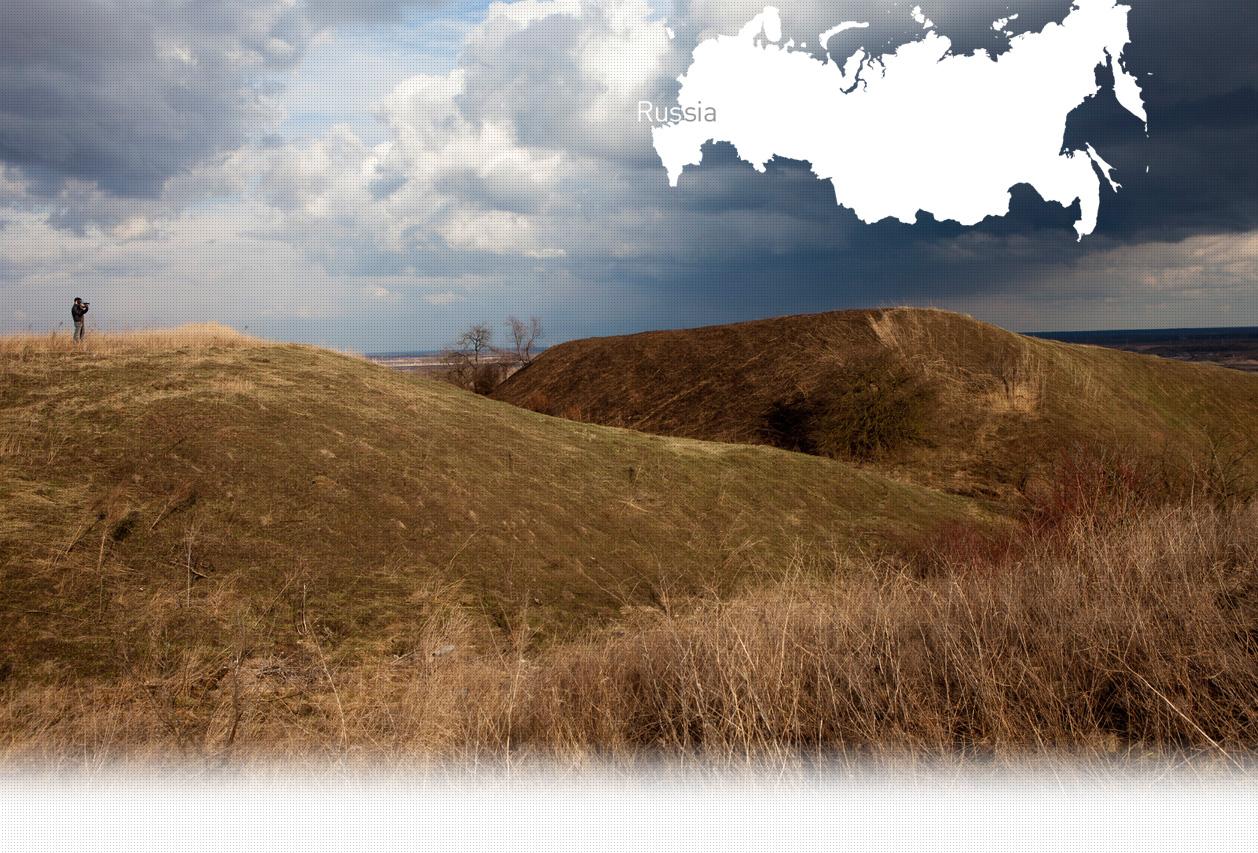

1 Killing site(s)
Nina V., born in 1934: “Many Jewish refugees arrived in our village. One woman came to our house. I remember my mom bought some clothes for my older sister in exchange of food.
YIU: Where was this Jewish woman from?
W: I don’t know because I was just nine years old at that time. My mom should have known.
YIU: Did she arrive on her own or was she appointed by the local administration?
W: No, she arrived on her own and explained that she was a Jew and asked if she could stay in our house for a while.
YIU: When she came, did she have some belongings with her?
W: Yes, she had a little bundle with some clothes to change into. And afterwards, when she left, she didn’t take anything. She left in what she was dressed in.
YIU: Did she work?
W: No, she didn’t.
YIU: Did she eat with you?
W: Yes, she did.
YIU: Were there other Jews living on your street?
W: I think not, she was the only one. But I don’t remember that well. I remember the day when the Jews were taken for the shooting; we came home and told our mother. And she told this Jewish woman who then left immediately. I don’t know where she went, maybe to another village. (Witness n°542, interviewed in Solomenskoye, on August 20, 2015)
“On August 27-29, September 2 and December 15-20, 1942, the German scoundrels and their collaborators (Russians homeland traitors) physically exterminated Soviet citizens by shooting them. As a result of those crimes, 11 people were murdered [list of 11 victims, - a lot of Jewish names among them]. Aside from that, it was impossible to identify another 29 victims because they had been evacuated to Solomenka in August 1942 once the Red Army retreated. Thus, about 39 people were shot in the hamlet of Solomenka. Two mass graves where the bodies were buried were situated in the vineyards, which belong to the Lenin kolkhoz, in the hamlet of Solomenka. [Act of Soviet extraordinary commission, taken on January 22, 1943; RG-22.002M, 7021-17/11]
Solomenskoye is located about 200km south-east of Stavropol. There were no Jewish families living in the village before the war. According to Nina T. (Witness n°573), once the war broke out, a lot of refugees arrived from Odessa, Dnipropetrovsk and Leningrad. The majority of them were Jews. The evacuation was organized by the regional administration with the help and participation of each kolkhoz. The refugees were settled within local families. Before the Germans’ arrival, children, including refugees, continued to go to school and adults worked in the kolkhoz. The Germans occupied the territory in August 1942. Some Jewish refugees were evacuated before their arrival.
There were three Aktions against Jewish refugees conducted by Germans with the help of local police. During their field research, Yahad interviewed two witnesses who confirmed the execution of Jewish refugees from Solomenskoye, which took place in August 1942 and lasted a couple of days. They were the last refugees to arrive a couple of days before the Germans and didn’t have time to evacuate. According to them, there were only women and children among the victims.
Do you have additional information regarding a village that you would like to share with Yahad ?
Please contact us at contact@yahadinunum.org
or by calling Yahad – In Unum at +33 (0) 1 53 20 13 17